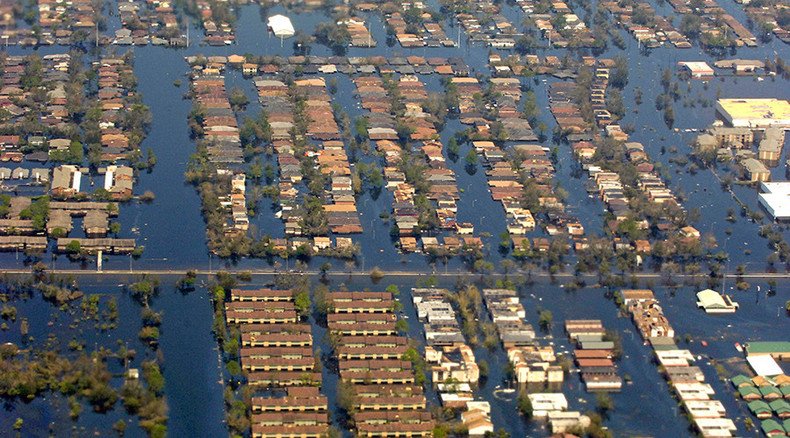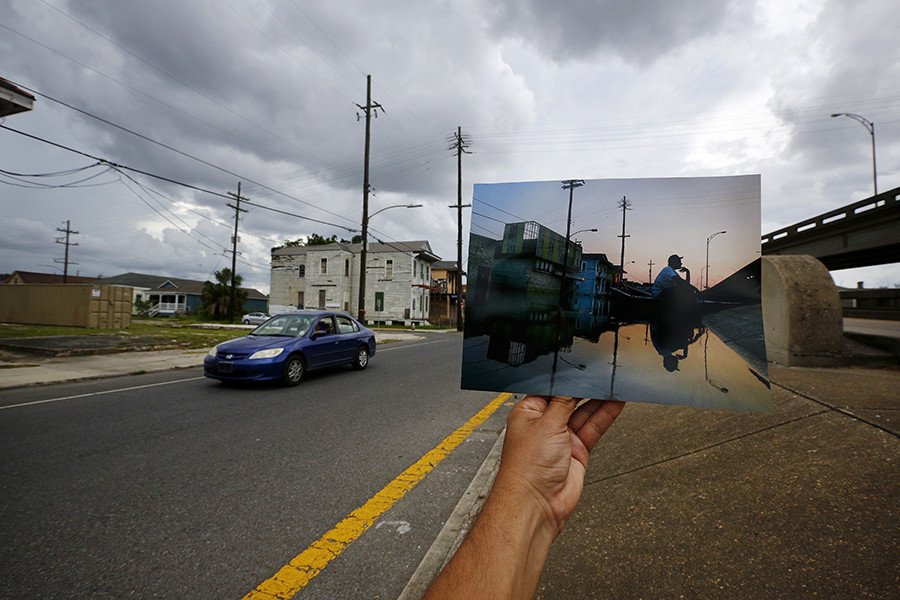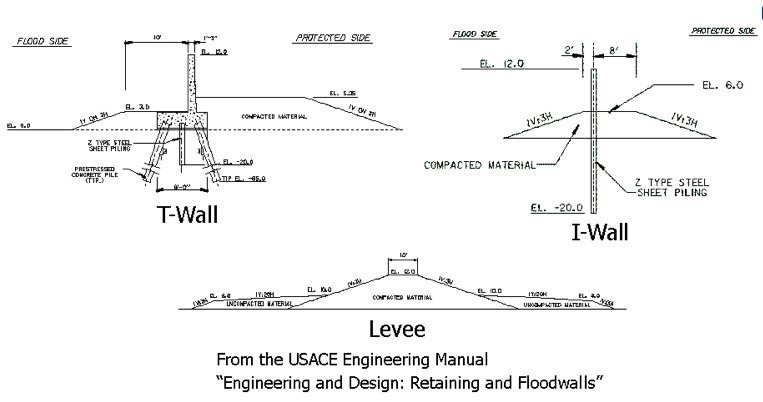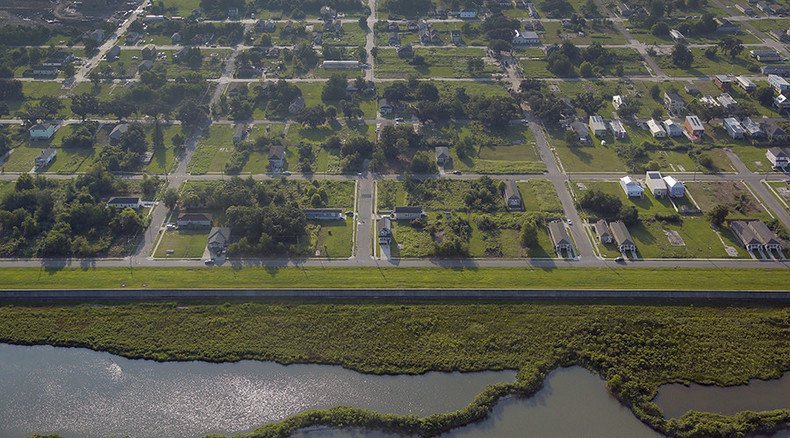Is New Orleans safe from the next superstorm?

The destruction wrought by Hurricane Katrina was made possible by a lack of sufficient storm protections in New Orleans. Ten years on, engineers have learned from the disaster and made improvements, but questions remain as to whether they will be enough.
The city of New Orleans, which lies below sea-level, was meant to be protected from the ravages of nature by three large drainage canals and 350 miles of levees, but the system, designed by the Army Corp of Engineers, failed catastrophically when Hurricane Katrina hit in 2005.
An interagency study that followed the disaster found no evidence of negligence by the Corps or its contractors, but stated that they had overlooked some details that turned out to be important.
READ MORE: Ex-New Orleans mayor found guilty of corruption during Hurricane Katrina
A study done in 1985, called the E-99 study, predicted the failure, when water pumped against an I-wall – a vertical concrete slab driven 17 feet into the ground – resulting in water seeping through the soil beneath it. It should have been at least twice as deep, according to experts.
“At the end of that study, the guys who prepared the study said that additional study is necessary because this test failed. General Whatshisname, Colonel Whatshisname and the other Colonel Whatshisname probably ignored that one line,” HJ Bosworth Jr., engineer and researcher for the Levees.org activist group, told RT.
The Army Corps went ahead with the I-wall due to its much cheaper cost. It saved them over $100 million at the time, but the failure of levees during Hurricane Katrina was partly responsible for the 1,836 dead and over $100 billion in damage. Entire sections of I-wall were carried away wholesale by storm surges, exposing the city that it was supposed to protect to massive flooding.
“Manhole covers started to pop out, the drain started to back up, and the city quickly filled up with several feet of water. And it continued to flood for two days,” Bosworth said.

Some I-walls still remain, but the sections that were rebuilt now are of much sturdier construction. The newest generation of this barrier is called the T-wall.
“It’s called a T-wall because if you slice it with a knife it would look like an upside down T,” Bosworth told RT.
“T-wall is supported by foundation piling, either made of steel or concrete, driven in on an angle down 60 or 70 feet, and tied in firmly to a two foot or three foot concrete cap,” he continued. “In the middle is a sheet pile wall. It doesn’t hold this wall from turning over, but it keeps water from seeping underneath. And those sheet piles are much, much deeper than the earlier ones, because now they know, ‘Hey, there’s a sandbar down there.’”

Engineers say that the T-wall could resist a 500-year storm – that is, a type storm so powerful that it is only predicted to occur once every 500 years, or has a 0.2% chance of occurring every year.
The canal system has received upgrades as well. In 2006, canal gates made of hundreds of tons of steel and concrete were installed, and can be dropped 24 hours before a hurricane hits to prevent flooding.
READ MORE: Crumbling levees threaten US with new Katrina
The gates are augmented by the world’s largest pumping station, which is capable of rapidly removing flood water. The new system cost a total of $14.5 billion.
“We spent the last 10 years learning from those mistakes and rebuilding a system – actually building a new system that is better than [New Orleans] has ever seen,” Rene Poche, public affairs specialist for the Army Corps of Engineers, told RT.

But the question remains as to whether New Orleans is safe from the next Katrina. The new system is only built to protect against a 100-year storm. Hurricane Katrina was a 400-year storm while it was in the Mississippi Gulf Coast, but only a 150-year storm by the time it reached New Orleans.
Sturdy construction has been encouraged at the federal level. Earlier this year, President Obama signed an executive order stipulating that all infrastructure projects using federal money must be built to meet a 500-year standard.
While levees and canal gates are important, they are only one part of the equation. The delta wetlands and barrier islands that surround New Orleans act as the first line of defense against hurricanes by slowing storm surges before they reach levees. These natural barriers are shrinking as a result of erosion and sea level rise, however.
As a result, since Katrina, coastal restoration has been considered as important to hurricane protection as engineering projects. According to the state’s post-Katrina Coastal Protection and Restoration Authority (CPRA), the state has restored 45 miles of barrier islands and nearly 30,000 acres of wetlands, though Louisiana continues to lose 5,000 to 14,000 acres of coastal land every year.












